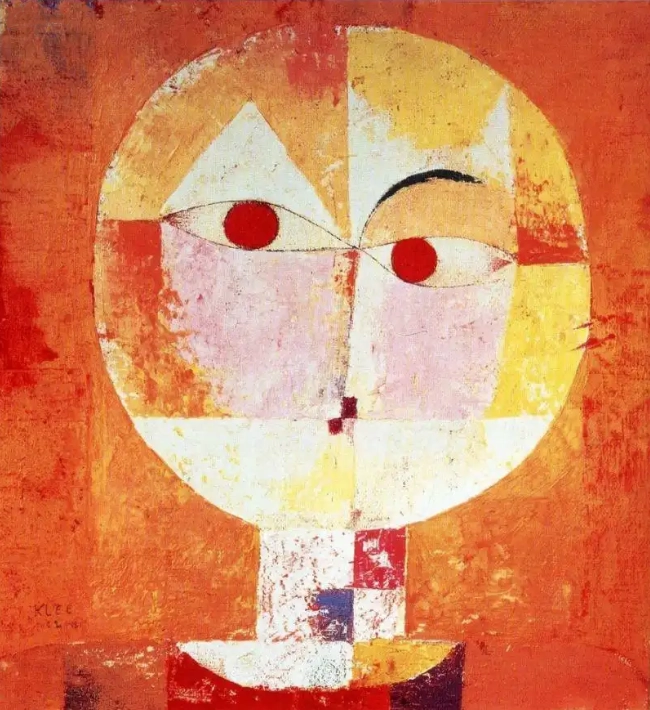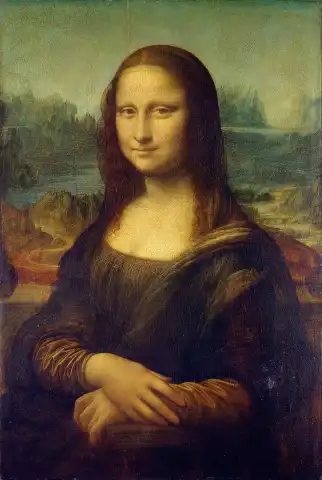A Journey Through Klee's World: Symbolism and Abstraction in Modern Art


Paul Klee, a visionary artist of the mid-20th century, occupies a unique position in the history of modern art. He masterfully navigated the complex interplay between symbolism in art, abstract art paintings, and the diverse landscape of modern art styles, forging a distinctive visual language that continues to resonate with audiences today. Paul Klee's impact on modern art is undeniable, as he was part of a transformative group of artists who reshaped artistic expression in the early 1900s. This exploration delves into Klee's artistic evolution, highlighting his contributions to modern art movements, his innovative approach to abstract art with meaning, and the enduring impact of his work.
1. Early Influences and Artistic Beginnings: Forging a Path
Paul Klee was born in 1879 in Münchenbuchsee, near Bern, Switzerland, to Hans Klee, a German music teacher, and a Swiss mother. Paul Klee's artistic journey began with a foundation in traditional art practices. However, he soon felt the pull of the burgeoning modern art styles that were transforming the art world. He was particularly drawn to the emotional intensity and expressive distortions of German Expressionism. As a Swiss, he felt little of the patriotic zeal and martial enthusiasm shown by many German artists and intellectuals, and he was spared front-line duty by recently enacted legislation exempting artists from combat. With the end of the war in 1918, Klee, like many German artists, saw the hope of a new society. In 1919, Klee applied for a teaching post at the Academy of Art in Stuttgart, though he failed. This movement, with its emphasis on subjective experience and the raw expression of inner feelings, provided a fertile ground for Klee's artistic vision. Klee's early works were largely influenced by Impressionism and Expressionism, showcasing his ability to capture the essence of nature and convey emotions through bold brushstrokes and vibrant colors. He studied the works of artists like Vincent van Gogh, whose bold use of color and expressive brushstrokes deeply impressed him, and Edvard Munch, whose haunting imagery explored themes of anxiety and alienation. He seamlessly merged abstract shapes, symbols, and figures, creating a visual language that was both enigmatic and deeply personal. Klee constantly experimented with artistic techniques and the expressive power of color, in the process often breaking traditional or "academic" rules of painting in oils on canvas. Kleee's artistic breakthrough came in 1914 when he briefly visited Tunisia with August Macke and Louis Moilliet and was impressed by the quality of the light there. These influences, combined with Klee's own unique sensibilities, laid the groundwork for his future explorations of abstract art ideas.
2. Paul Klee Senecio: A Pivotal Moment of Abstraction
"Senecio," painted in 1922, stands as a testament to Klee's burgeoning interest in abstraction. This seemingly simple portrait transcends mere representation, becoming a powerful exploration of form, color, and symbolic meaning. The simplified, mask-like face, composed of geometric shapes and vibrant hues, represents a significant departure from traditional portraiture. It demonstrates Klee's growing mastery of abstract art types and his ability to convey complex emotions through non-representational means. The enigmatic expression of the Senecio figure invites viewers to engage with the artwork on a deeper level, prompting them to interpret the subject's inner life and the symbolic significance of its features. This work exemplifies Klee's unique approach to symbolism in art, where forms and colors are imbued with meaning, creating a rich tapestry of visual communication.
3. Abstract Art Types: A Diverse Exploration
Klee's artistic practice was characterized by a constant spirit of experimentation. He fearlessly explored a wide range of abstract art types, moving fluidly between geometric abstraction, organic abstraction, and lyrical abstraction. His works often feature a playful interplay of shapes, lines, and colors, creating visually captivating compositions. He wasn't confined to rigid theoretical frameworks, instead allowing his intuition and creative impulses to guide his artistic process. This freedom allowed him to discover new and innovative ways of expressing himself through abstract art on canvas, demonstrating its boundless potential to convey emotions, ideas, and spiritual experiences.
4. Modern Art Definition: Expanding the Boundaries of Art
Klee's work played a crucial role in shaping the modern art definition. He challenged traditional notions of art as primarily representational, embracing abstraction as a powerful tool for exploring inner realities and universal themes. His art reflected the spirit of innovation and experimentation that defined the modern art movements of the early 20th century. He pushed the boundaries of what was considered acceptable in art, paving the way for future generations of artists to explore new forms of expression. His work demonstrates that art could be more than just a mirror of the external world; it could be a window into the realm of human consciousness and imagination.
5. Modern Art Deco Influences (and Transcendence)
While Klee's work shared some visual similarities with movements like Modern Art Deco, particularly in its use of geometric forms, he ultimately transcended its decorative focus. While Art Deco often emphasized stylized representations and decorative patterns, Klee used geometric elements as a foundation for exploring deeper spiritual and emotional themes. His art was not merely about aesthetic beauty; it was about conveying meaning and engaging with the profound questions of human existence. This distinction sets Klee apart from the Art Deco movement and highlights his unique contribution to the broader landscape of modern art.
6. Paul Klee Zentrum: A Sanctuary for Art and Legacy
The Paul Klee Zentrum in Bern, Switzerland, stands as a testament to Klee's enduring legacy. Designed by renowned architect Renzo Piano, the center houses the world's most extensive collection of Klee's works, offering visitors a comprehensive overview of his artistic development and diverse output. It serves as a vital resource for scholars, artists, and art enthusiasts, providing a space for research, education, and appreciation of Klee's art. The Zentrum plays a crucial role in preserving and promoting Klee's artistic legacy, ensuring that future generations can continue to engage with his unique vision and contributions to modern art on canvas.
7. Paul Klee Posters: Disseminating Art and Ideas
Throughout his career, Klee's work was sometimes translated into Paul Klee posters, making his art more accessible to a wider audience. These posters, often created to promote exhibitions or cultural events, captured the essence of his artistic style and helped to disseminate his ideas beyond the confines of galleries and museums. They served as a bridge between the art world and the general public, fostering a greater appreciation for modern art and its diverse forms of expression.
8. Abstract Art Wall Decor: Klee's Art in Contemporary Spaces
Klee's distinctive visual language continues to inspire and influence contemporary artists and designers. His works lend themselves beautifully to abstract art wall decor, bringing a touch of modern artistic flair to homes, offices, and public spaces. Whether through original prints, reproductions, or inspired designs, Klee's art continues to resonate with those seeking meaningful and visually compelling abstract art with meaning in their everyday lives. His ability to balance simplicity with depth, playfulness with profoundness, ensures that his work remains relevant and engaging for contemporary audiences. The enduring appeal of Klee's art lies in its ability to transcend time and cultural boundaries, inviting viewers to explore the rich tapestry of human experience through the lens of abstraction and symbolism.
Subscribe to our newsletter to get updated and enjoy a 10% voucher
Apr 18 2024 / Biography



